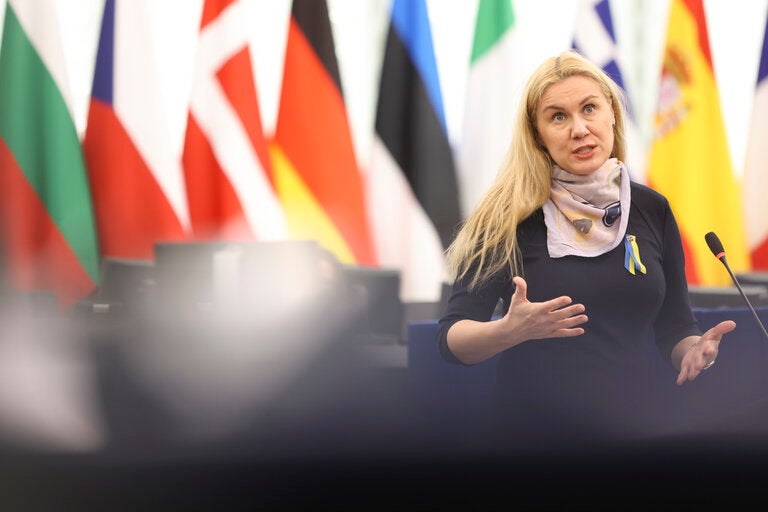
The EU has announced that it has reached its target of filling its natural gas storage facilities to 90% ahead of its 1 November deadline.
According to Gas Infrastructure Europe, storage levels have reached 1024 TWh or 90.12% of storage capacity (equivalent to just over 93 billion cubic metres (bcm) of natural gas.
Europe has been on track to fill its gas storage facilities since earlier this summer. The bloc will use the supplies throughout winter.
“Today’s confirmation that we have met our gas storage requirements so far ahead of schedule underlines that the EU is well-prepared for winter, and this will help to further stabilise markets in the coming months,” said EU Commissioner for Energy, Kadri Simson, in a statement published on 18 August.
“The Commission will continue to monitor the situation so that storage levels remain sufficiently high as we enter the next winter. Let me recall that we can further strengthen our position through investments in renewables and energy efficiency,” she added.
The EU has emphasised the storage of natural gas stance following Russia’s invasion of Ukraine and its impacts on global energy supply chains. The bloc has a target to eliminate all Russian fossil-fuel imports by 2027 in a bid to limit the Kremlin’s ability to finance the ongoing war.
Russian gas represented 23.6% of EU imports in the first 32 weeks of 2022 and 8.4% so far in 2023. The bloc has shifted to alternative suppliers and taken steps to reduce demand.
“We have seen in recent weeks that the gas market remains sensitive,” Simson noted. “The EU energy market is in a much more stable position than it was this time last year”.
Typically, Europe’s gas storage facilities reach current levels in October.



